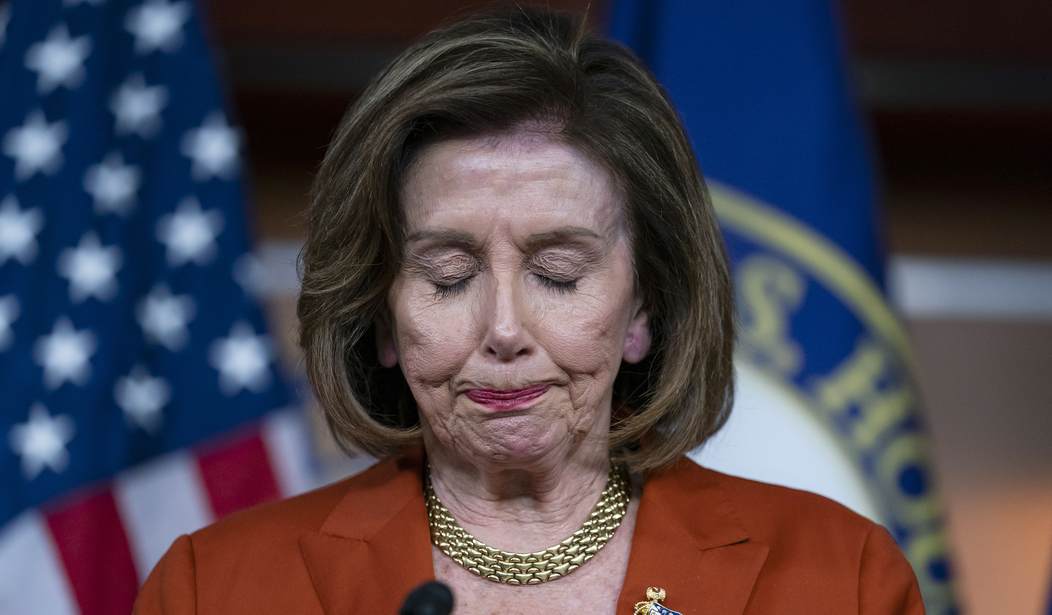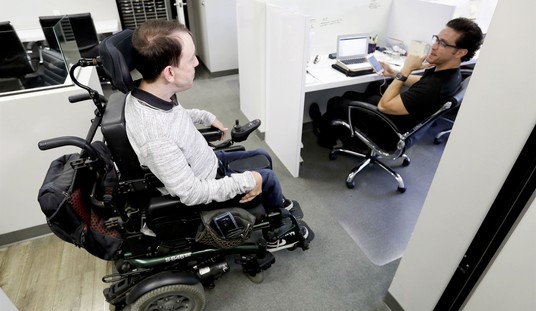Over the past several months, a divide has developed between those attempting to analyze the upcoming election. On one side, you have those who look at the fundamentals of the political environment in light of history and project a bad night for Democrats. On the other side, you have those who ignore that stuff while choosing to hype every single Democrat-positive poll result as proof that things will be “different” this time.
Never mind that polling has been notoriously unreliable the last four cycles, something I’ve chronicled at length in other articles. Never mind that this is a first-term mid-term with a president who is below 45 percent on his approval aggregate. Never mind that the economic news continues to be bad, with that issue being top of mind for the vast majority of Americans.
You can probably tell which side of the equation I fall on in judging how things will go, right?
Regardless, we are beginning to get our first pieces of hard data about the electorate outside of primary turnout (which has been historically indicative and favored the GOP this year). John Couvillon, who led the way in correlating primary voting data is now keeping track of early voting returns, and it’s at least interesting.
Here’s what Florida looks like.
600K VOTES IN FLORIDA
18 counties had VBM updates totaling 24K votes (43-38% D/R)
Net impact: negligible.For transparency's sake, the FL VBM breakdown is now 41.5-38.5% D/R. When in the primary it was 48-37% D/R and 45-31% in 2020. pic.twitter.com/DamiEjAOq9
— John Couvillon (@WinWithJMC) October 15, 2022
The top line there is that Republicans are returning vote-by-mail (VBM) ballots at a 6 percent higher rate compared to what they did in 2020. Likewise, Democrats are returning them at a 3.5 percent lower rate than two years ago. Does that mean Florida is about to experience a red wave? Given I already thought that would happen without this data, my answer remains yes, and this only bolsters that opinion.
More broadly across the country, we are seeing the GOP return mail-in ballots at a higher rate than they did in the last election.
EV TURNOUT, 2022 v 2020:
10/14/2022:
16.2M requests,47-29% D/R
2.04M votes (IP+VBM), 51-32% D/R10/9/2020:
73.5M requests,44-26% D/R
7.55M votes (IP+VBM),55-25% D/RWhy 10/9/2020? To use a true apples to apples comparison, we're looking at 25 days from EDay in each instance.
— John Couvillon (@WinWithJMC) October 15, 2022
Pay attention to the total votes cast compared to this same point in the election cycle during 2020. What the numbers show is that VBM is being used a lot less. That’s because COVID-19 is essentially no longer a concern, and if more people vote on election day, that historically benefits Republicans.
Further, looking at the actual breakdown of returned ballots, the gap between Republicans and Democrats is also smaller than in 2020 by a fairly significant margin. Again, that can only be good news for the GOP.
With all that, the caution here is that VBM data only tells what ballots are being returned by partisan registration, not who those people are voting for. Still, it gives us a glimpse into the enthusiasm gap that has been apparent long before the present day. Democrats had hoped the Dobbs decision would change things, but there’s no real data to back that up. Primary turnout still favored the GOP and polling consistently shows a GOP edge as well.
My personal rule is to never read too much into early return data, so I’m not going to make any grand pronouncements in this article. At worst, it’s irrelevant. At best, it’s another data point showing GOP enthusiasm is there. What I will say is that I’d much rather be the party on the plus side of this data than not.













Join the conversation as a VIP Member